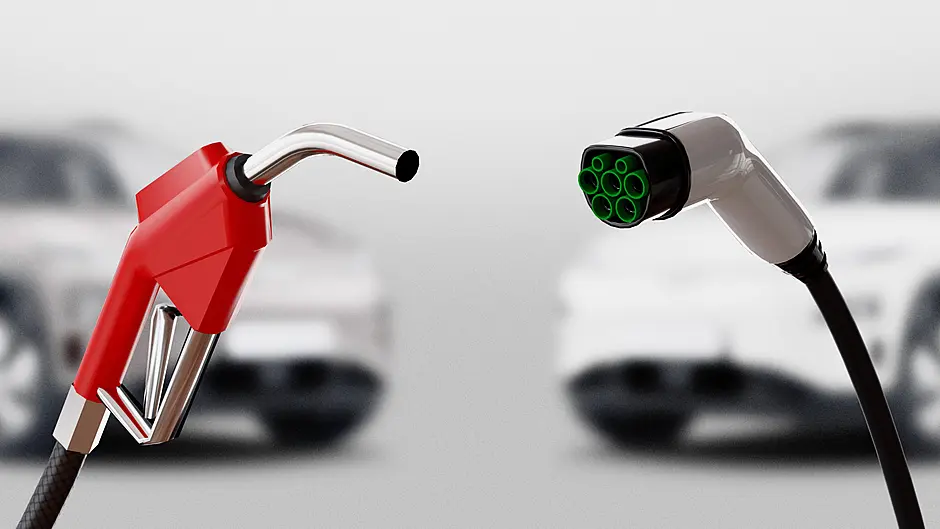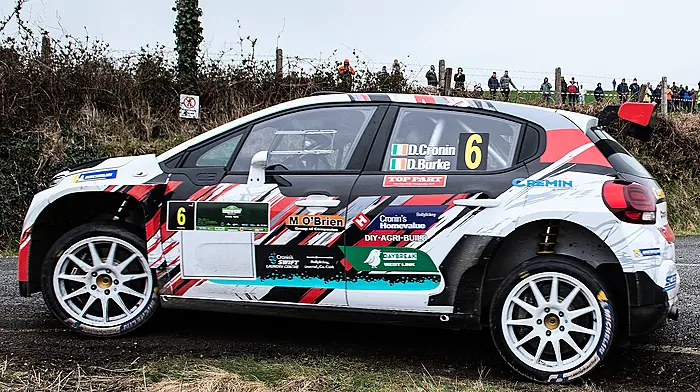BY BRIAN BYRNE
Many people still believe electric cars are something of a fad. Not fit for real world needs. That they carry environmental and social baggage related to extracting the materials for their batteries. That they are too expensive for the average family car buyer.






